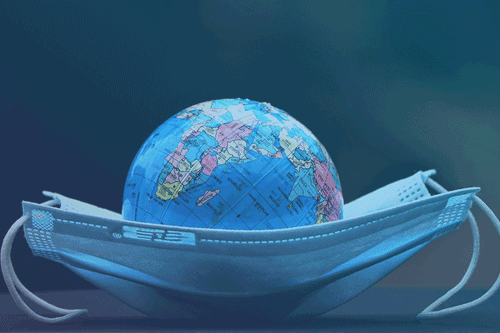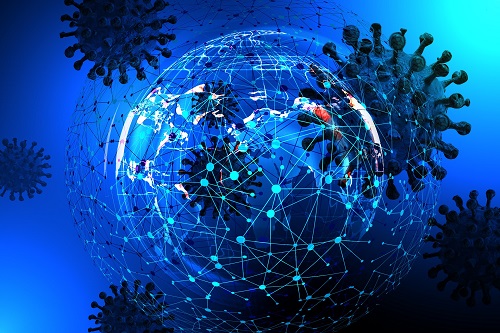
COVID-19 and Our Water Supply
We are now four months into the worst pandemic virus the world has faced in over one hundred years. Although we are learning more everyday about the COVID-19 virus, there are still a lot of unanswered questions.

We are now four months into the worst pandemic virus the world has faced in over one hundred years. Although we are learning more everyday about the COVID-19 virus, there are still a lot of unanswered questions.

Even before the COVID-19 pandemic, many cities around the globe were striving to become as “smart” as possible. The current global health crisis is accelerating the rise of the smart city.

While the whole world is joining forces to fight the COVID-19 pandemic, we would like to take a minute to discuss how IoT technology can be used to detect, track, and help prevent this deadly virus from spreading.
In this post, we take a close look at the concept of the IoT ecosystem, and try to understand how IoT ecosystems can impact water network management for the benefit of both consumers and utility operators.
Our next two blogs will talk about water management, what it is, what its short- and long-term goals are, as well as tips and strategies for good water management.
There are different protocols for the different layers in an IoT architecture and in this post we take a look at just a few of them.
Arad’s water meters are made from stainless steel or polymer. In this blog post we explain what stainless steel and polymer are and why they are the optimal materials for manufacturing the best water meters available in the market today.
March 22nd has been recognized as World Water Day since 1993. Organized by the United Nations, World Water Day is celebrated around the world with events and lectures to raise public awareness concerning fresh water needs and wastefulness.
LoRa has become the standard wireless platform for WAN IoT, connecting 50 million devices in more than 100 countries across a wide range of “smart” applications from homes, buildings and cities to agriculture and, of course, metering.
Today there is also a growing awareness that the value of data could be multiplied by breaking down proprietary silos and sharing data freely for research, analytics, and other important purposes. In this blog we look at the challenges and the opportunities of sharing data, with an emphasis on the utilities sector.
Companies rarely take the time to look back at where they were so that they can appreciate how far they have come. But there are times when something major happens and it is recognized as a true “wow” moment. This is exactly how we all felt last month when the Arad Group acquired 60% ownership of the Italian company WaterTech.
IoT, the Internet of Things, was once thought to be the way of the future. Well, the future is now and IoT is a big part of our lives.
Roughly two thirds of the world’s fresh water usage is dedicated to agriculture, including irrigation, livestock and aquaculture. Approximately another 10% of water usage is for municipal purposes, including both domestic and public use. Pretty much the rest of the world’s fresh water supply — a whopping 20% — is used by industry.
we decided to revisit how the market is developing and take a look at some case studies that show how the investment in smart water meters and AMI is saving money and water.

Each year since 1991 the Stockholm International Water Institute (SIWI) has awarded the prestigious Stockholm Water Prize on March 22, World Water Day. This year the focus is on groundwater management.
Consumers gain unprecedented transparency into their water bills and can profit from incentives to conserve water usage. But along with these well-documented and widely acknowledged benefits comes increased exposure to malicious or accidental unauthorized access to the streams of data flowing from smart water meter end-points to base stations and from there to the utility’s data center.
Sign up for our newsletter
© 2020 Arad Group. All Rights Reserved